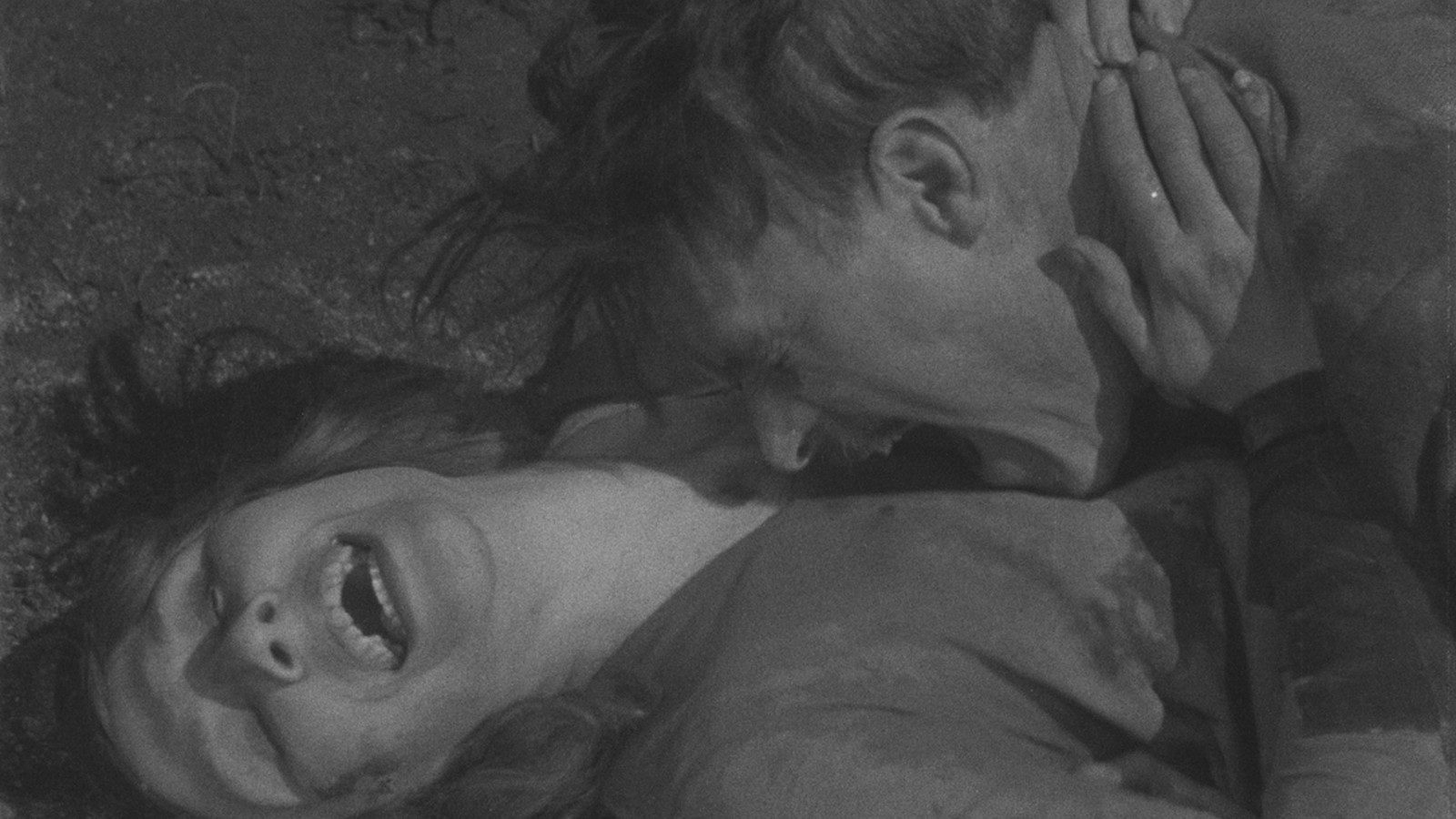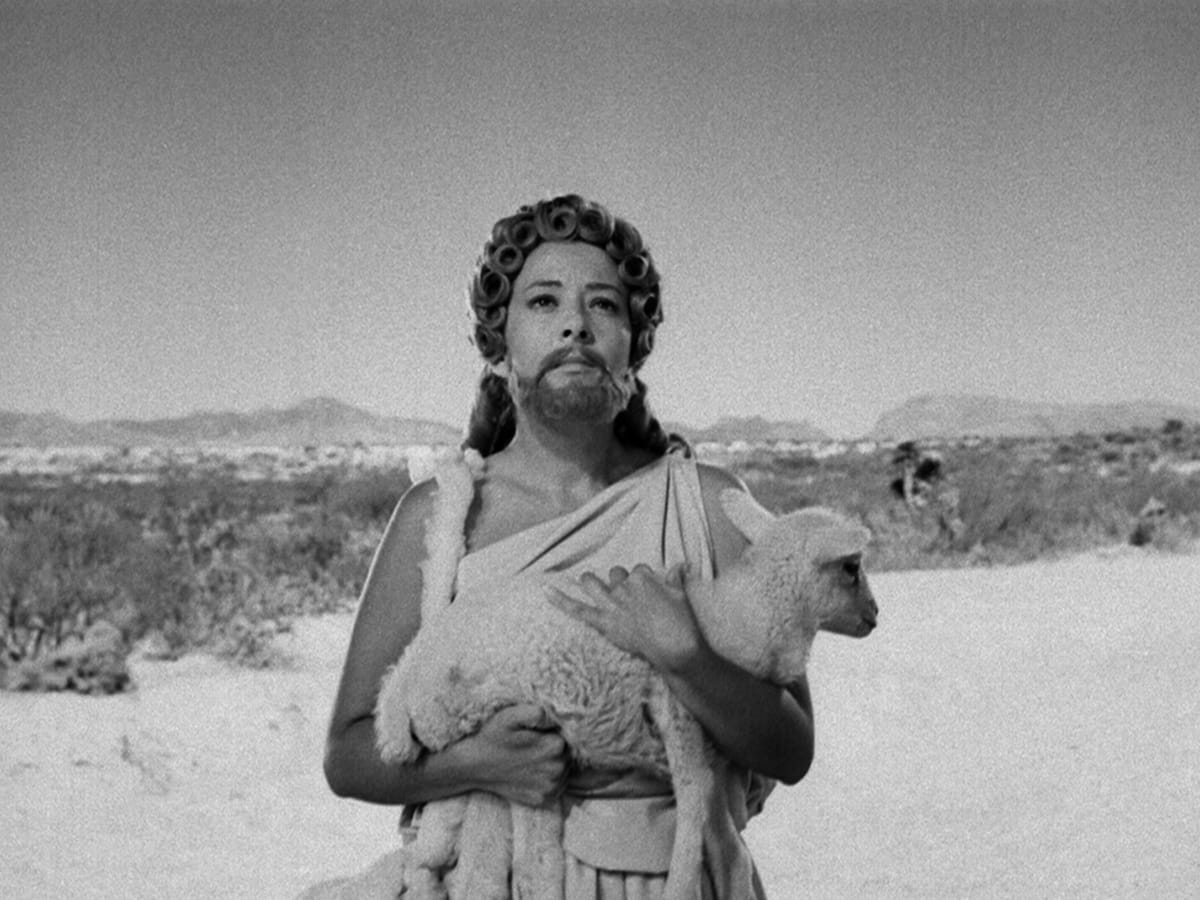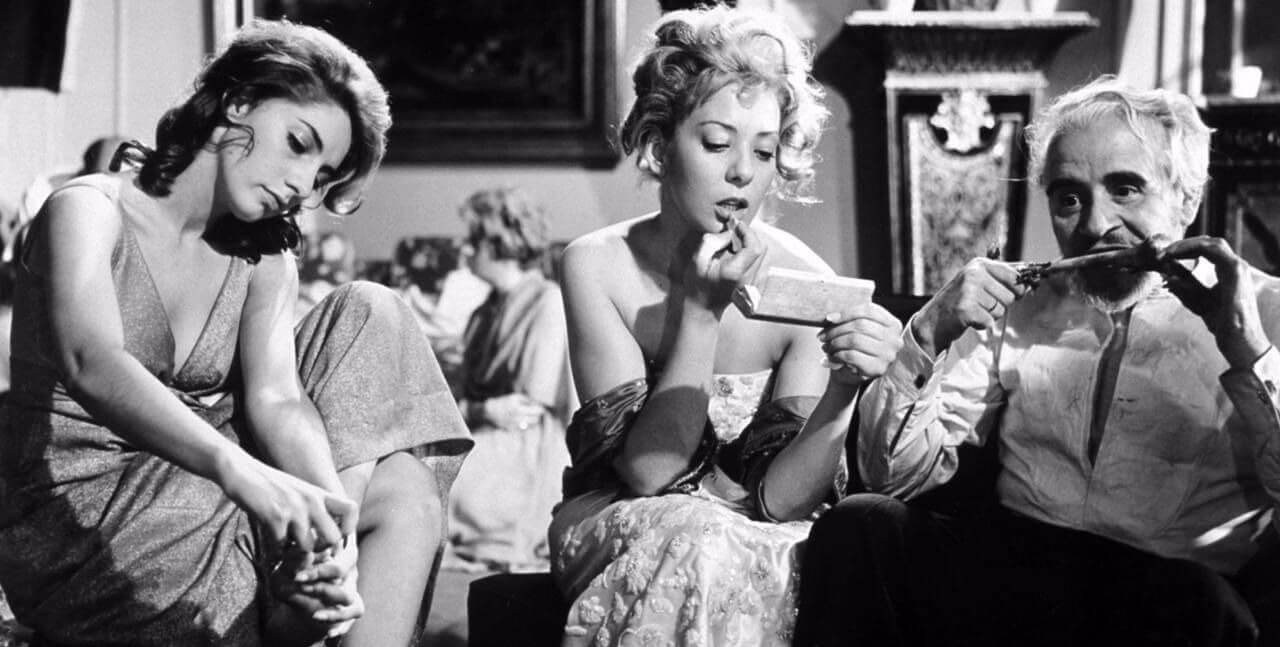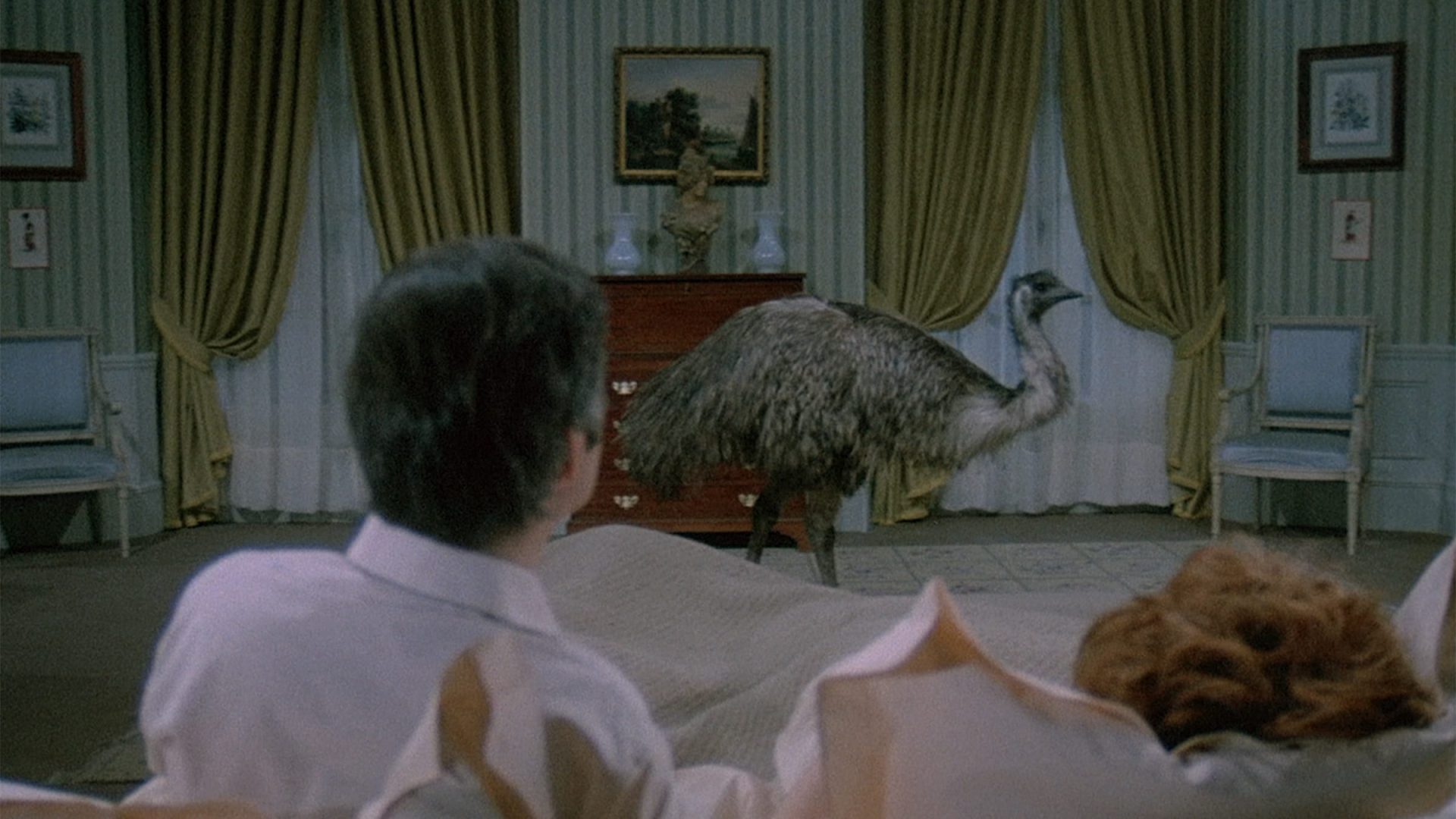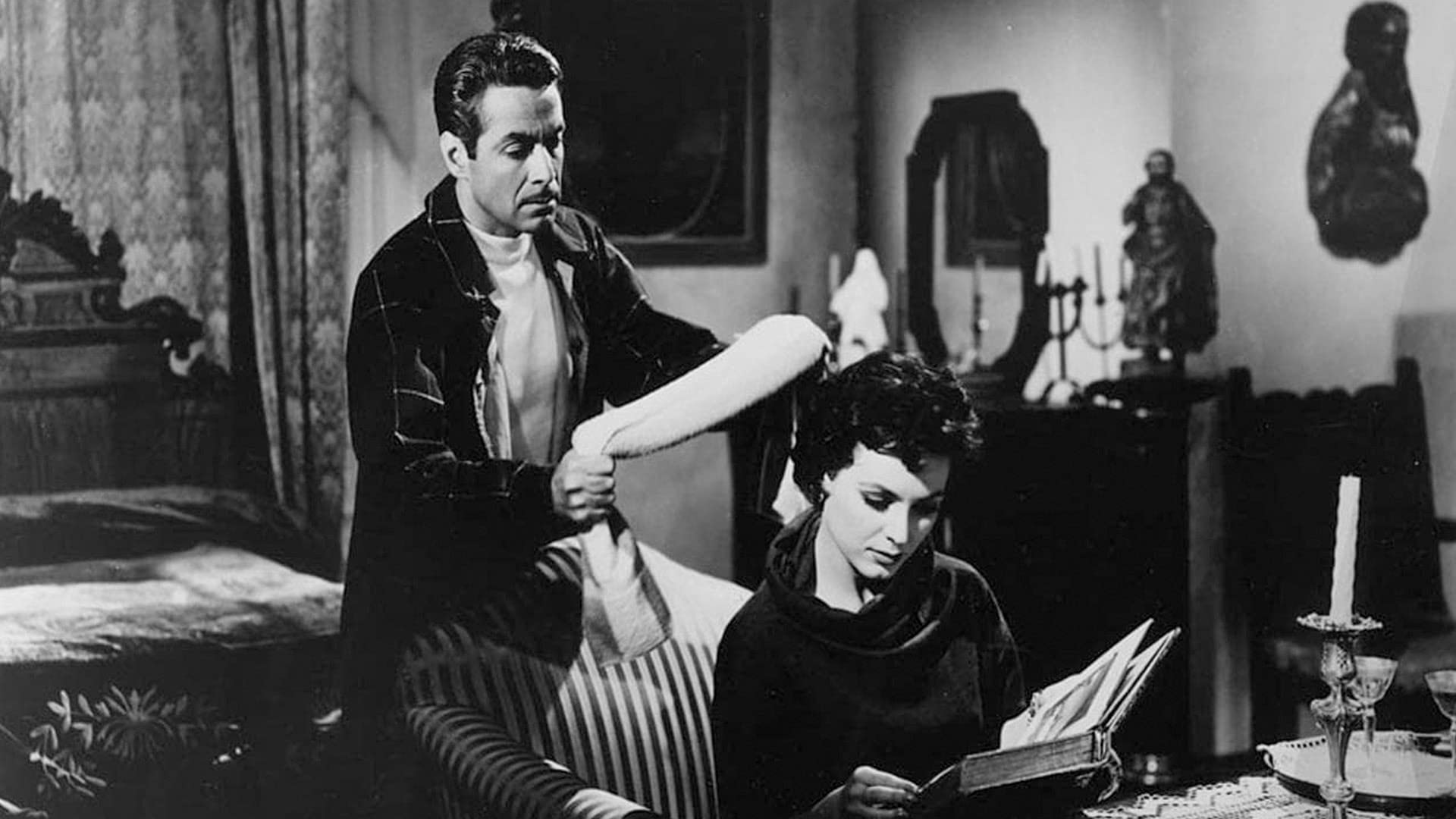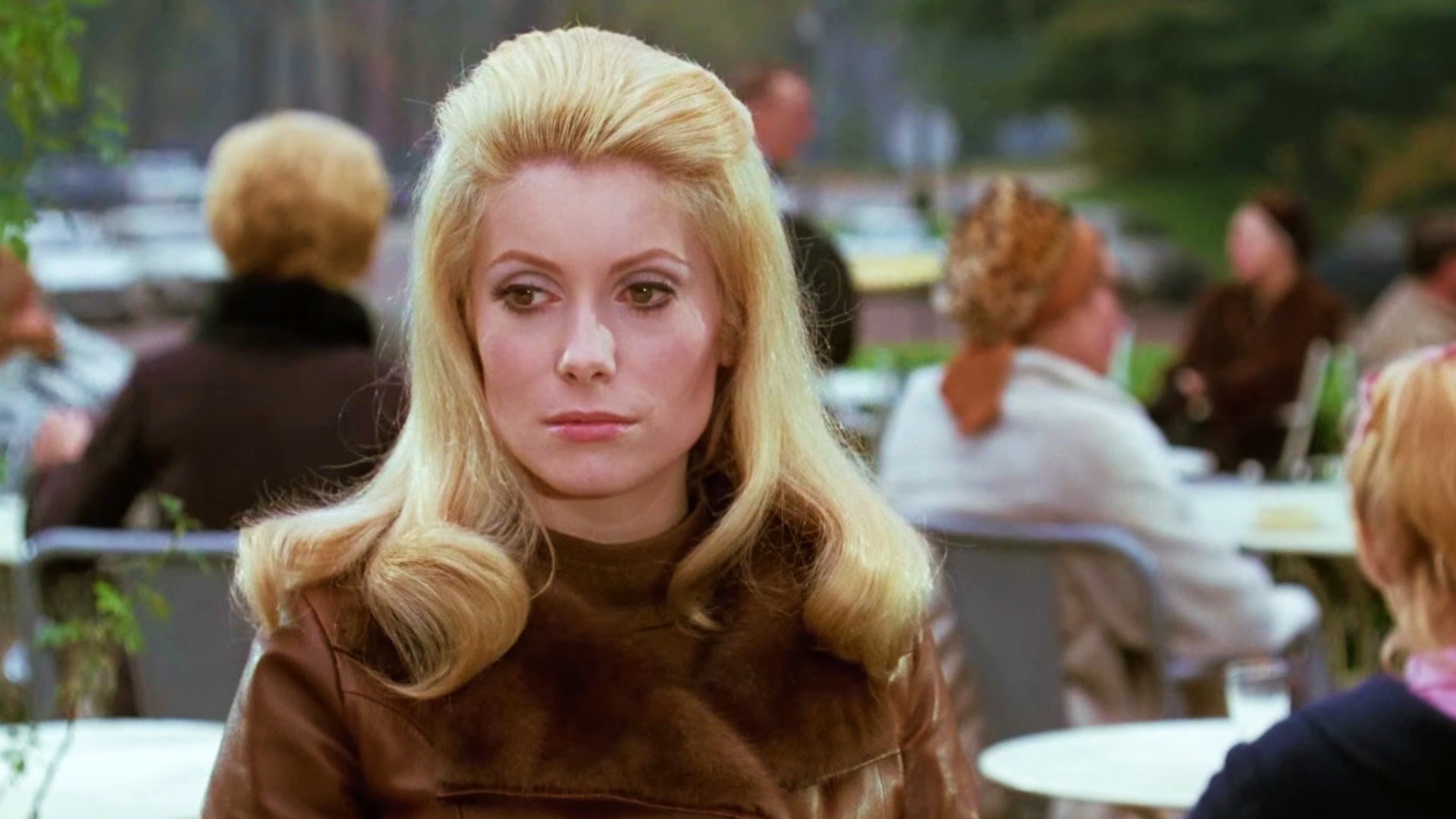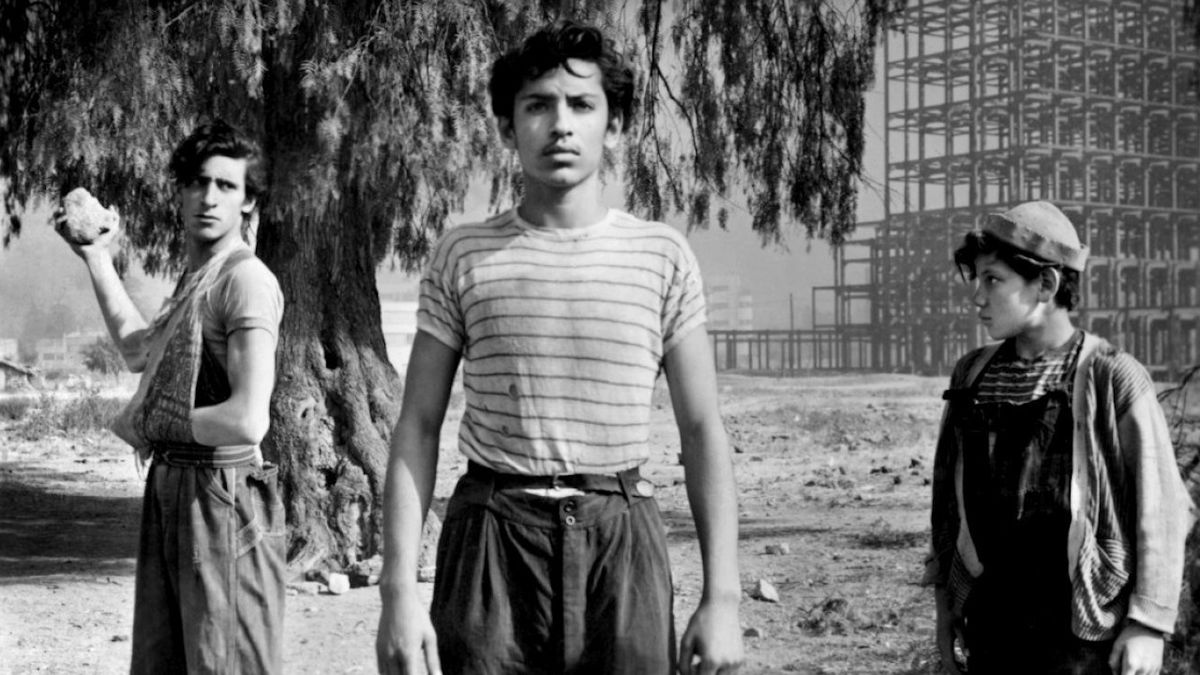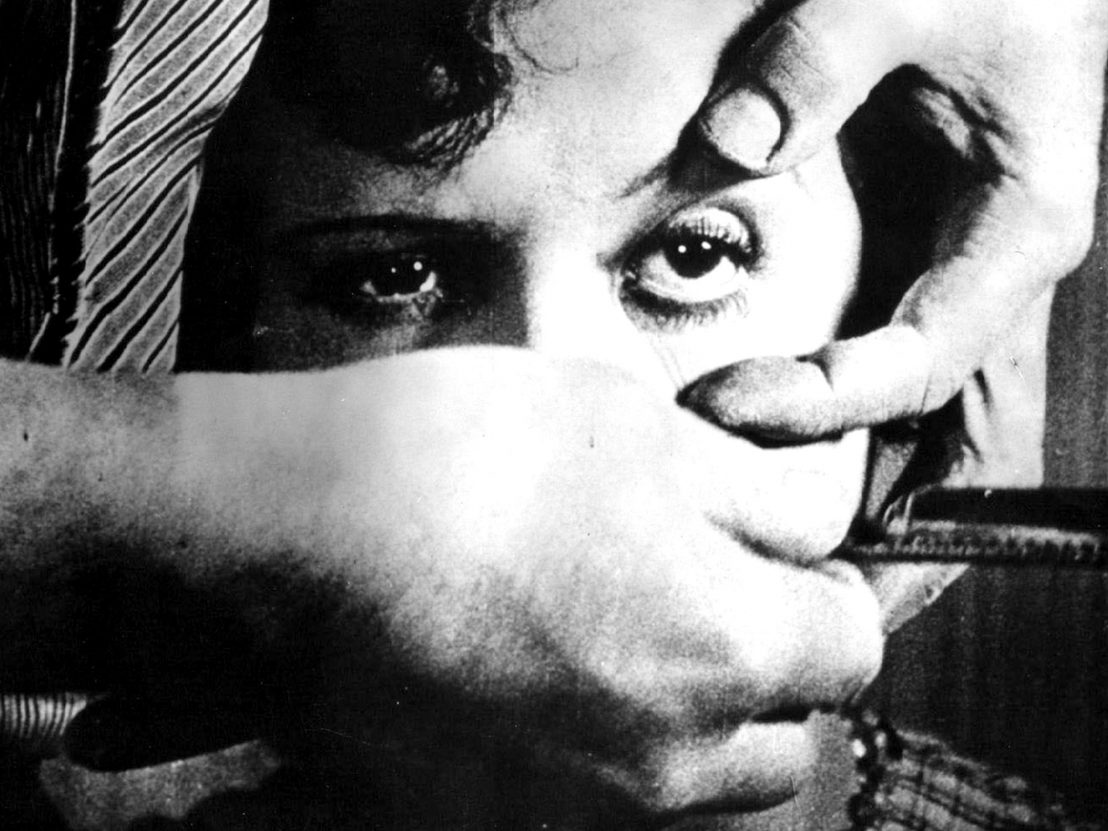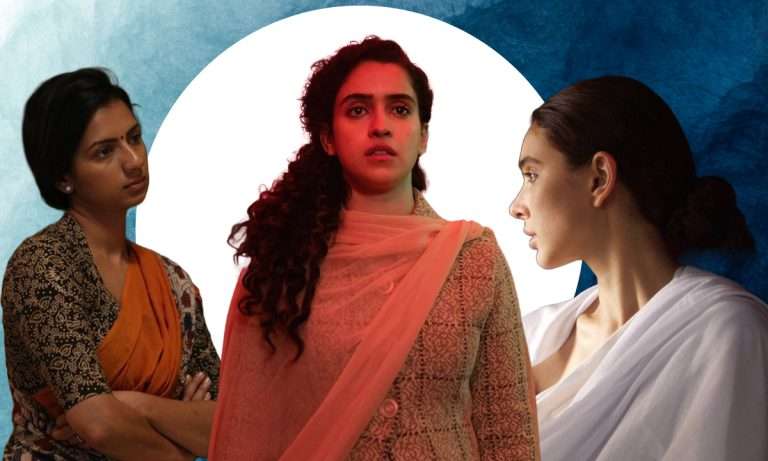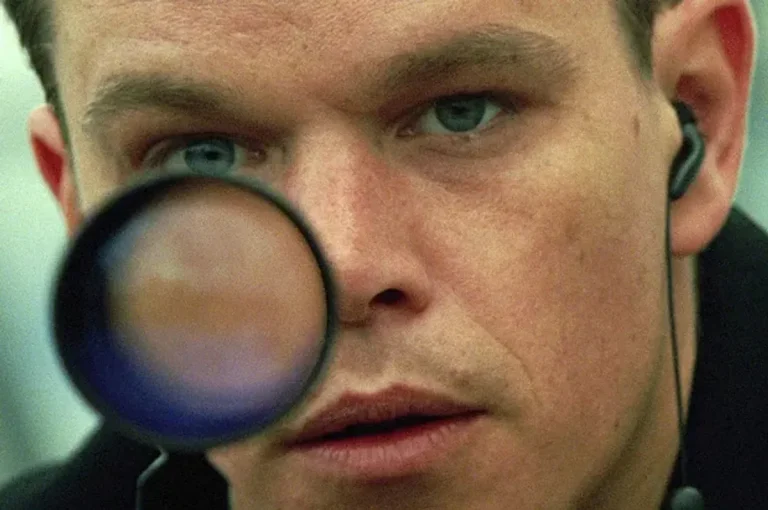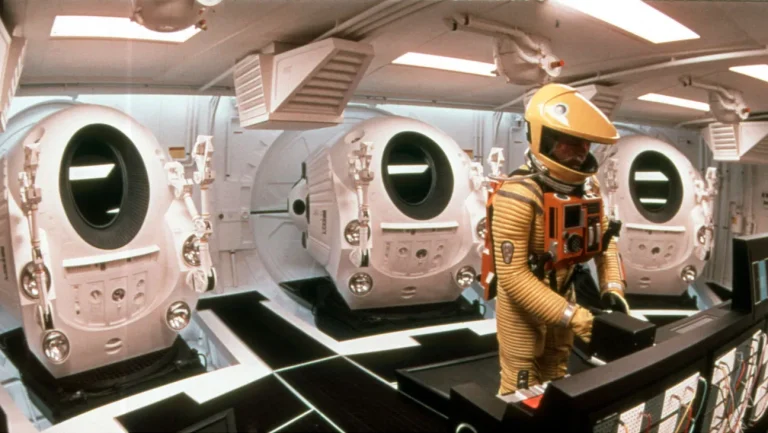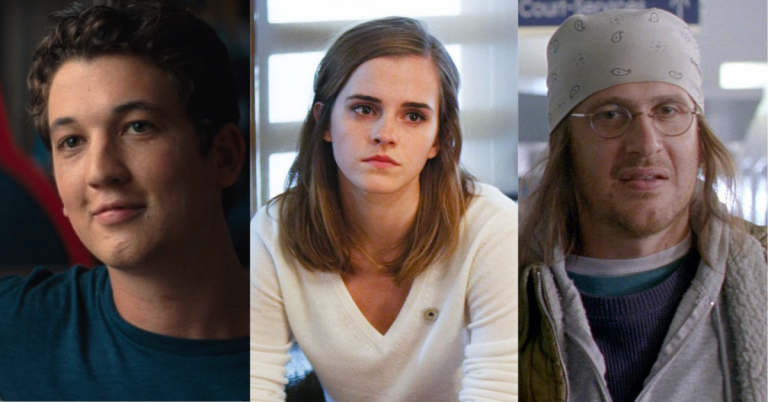Top 10 Films of Luis Buñuel: Of all the Great European Masters of 20th-century film-making, none had as much versatility and panache as Luis Buñuel.
The Spanish-born director found fame through his star-crossed collaborations with Salvador Dali and spent the subsequent five decades refining and reshaping his surrealist instincts. His greatest works encompass sexuality, pathology, religion, and politics. He went globe-trotting to Mexico for a prolific period in the 1950s before his vaunted return to the continent in the 1960s. It would be then, in the autumn of his career, that he would create many of his most enduring masterpieces, films whose names continue to lace the tapestry of cinema history.
Buñuel’s body of work would suit a list twice this size, but for the sake of brevity, let us embark on a journey to sort out the very best of his rich, expansive filmography.
10. L’Àge d’Or (1930)
The second of two famed collaborations with Salvador Dali, L’Àge d’Or (“The Age of Gold”), is also notable as the earliest feature-length film in Buñuel’s oeuvre. The film is also an early example of why his style is so compelling: Buñuel uses the toolkit of surrealism to highlight the absurdities of contemporary society. In the juxtaposition between the enigmatic bourgeois rituals and the carnal desires of the two protagonists, the director is able to illustrate the ways in which organized institutions and hierarchy restrict our pleasures. The movie’s heady orgies of surrealist imagery exist to further this argument, as well as to engage with the visceral nature of said desires.
Whilst L’Àge d’Or can be credited with laying the groundwork for Buñuel’s future social satires, it is also made unique within his filmography by the unreserved scorn it displays. Other films on this list strive to imbue their bourgeois characters with, if not sympathy, then a certain appealing affability, likely influenced by how the role of the old aristocracy altered throughout the twentieth century. Rather than showing a sign of immaturity, this anger was a sign of the times.
In 1930 this archaic class structure, as well as the Catholic Church, was very much in power, and impugning their sanctity was a highly politicized move. The right-wing Spanish press responded by calling Buñuel’s film “the new poison which Judaism, Masonry, and rabid, revolutionary sectarianism want to use in order to corrupt the people.” The Spanish people were similarly outraged, yet if they had engaged directly with this biting piece of social commentary, then the atrocities that progressed from the decaying system of old in years to follow may have been forecast.
Related to Top 10 Films of Luis Buñuel: 5 Movies to Watch if You Like Triangle of Sadness (2022)
9. Simon of the Desert (1965)
Neither I nor Luis Buñuel are the first people to observe a hint of mysticism and surrealism in the doctrine of the Roman Catholic Church. In his dramatization of Syrian saint Simeon Stylites’ years living atop a pillar in the desert, the director explores the levels of absurdism that accompany access to the spiritual world. Claudio Brook shines as the title character, a man who, despite his piety, cannot rid himself of worldly desires. He beautifully embodies in Simon the dedication and pathos required to have such devotion to an unprovable force.
Having already scandalized the Vatican with his Palme d’Or winning Viridiana (more on that later), Buñuel once again sought the artistic freedom of Mexico for the film’s production, only to be caught short by his very own overlords in finance. Simon of the Desert is restricted to forty-five minutes due to budgetary constraints, leaving his true vision of a more expansive anthology film unfulfilled. Nevertheless, it’s remarkable how cohesive and contained the film we have today is. Its brevity is used to enhance the power of this lasting exploration into the human condition during times of adversity and spiritual questioning.
8. The Exterminating Angel (1962)
Buñuel’s films are marked by a sense of thematic cohesion, which could be construed as repetition within the oeuvre of a lesser filmmaker. However, under the watchful eye of the Spanish master, the savage instincts that underpin bourgeois society are rendered more compelling to watch each time. In The Exterminating Angel, one of Buñuel’s most celebrated and famous films, a collection of privileged aristocrats are unable to leave their expensive dinner party.
They find themselves trapped by unseen forces, accentuating the quintessential banality of existence that thrives upon arbitrary oppression – Roger Ebert hypothesized that the film’s conceit reflected how the Spanish upper class had laid their table after the Spanish Civil War only to find themselves in stasis ever since. Others may glean from the film a biting critique of the bourgeoisie’s seclusion from the common man, which gravely affects their morality and decision-making.
The Exterminating Angel also provides perhaps the most potent use of Buñuel’s secret weapon – animals, especially bugs. The atmosphere created is uniquely dreamlike and unsettling, an effective if an unsubtle metaphor for precisely what the veneer of propriety masks about the human condition. Overall the film is a provocative thought experiment: a testament to Buñuel’s skills as a filmmaker, satirist, and surrealist.
Related to Top 10 Films of Luis Buñuel: 7 Movies to Watch If You Like The Menu (2022)
7. The Phantom of Liberty (1974)
With a title ripped straight from the pages of the Communist Manifesto, Buñuel’s 1974 effort, The Phantom of Liberty, was his second to last and perhaps his hardest to surmise. The surreal vignettes are even more disparate than usual, covering decades of time and multiple fields of study. It may also be Buñuel’s funniest film, and both of these assertions draw from the movie’s discerning eye for the incongruous.
For instance, one of the film’s opening scenes contains the implication of pedophilia, only to be turned on its head by the vulgar photographs, in fact, being of famous French architecture – particularly disgust is revered for the Sacred Heart basilica. Add this to the plethora of visual puns and sight gags on display, and The Phantom of Liberty may contain the most laughs you’ll get out of a European arthouse film any time soon.
Buñuel himself has described the film as being about the mysteries that shroud our existence. Under this pretense, the lack of a definitive structure is to the work’s advantage. In isolation, these short stories are amusing and engaging yet excel most in unison as a refreshingly brisk examination of social mores and the search for truth.
6. The Criminal Life of Archibaldo de la Cruz (1955)
Among the most underrated Buñuel films, The Criminal Life of Archibaldo de la Cruz is a fascinating exploration of the dark underbelly of the human psyche as the protagonist develops a fixation on murdering the very woman he desires. The inextricable links between violent emotional extremes of love and hate warp the titular priests’ understanding of morality, even as the church he represents imposes restrictions on pleasure upon others. This inner tension is made palpable by Ernesto Alonso’s terrific central performance.
The film’s depiction of the appeal of feminine beauty resembles Hitchcock’s Vertigo, which was released three years later. But in the disturbingly black sense of humor that this picture contains, Bunuel is able to stand out from the crowd once more. Indeed, it’s hard to imagine Hitchcock directing a vivid dream sequence in which the protagonist literally conducts a group of beautiful women before killing them all in increasingly grotesque ways. Haunting and surreal, The Criminal Life of Archibaldo da le Cruz is certainly a pleasure worth indulging in.
5. Belle de Jour (1967)
To many people, Belle de Jour is *the* Buñuel film. The Golden Lion winner’s fingerprints are all over contemporary portrayals of masochism and desire, not least in Manoel de Oliveira’s unofficial sequel Belle Toujours, made thirty-nine years later. The frosty eyes of Catherine Deneuve as Séverine Serizy, a married woman of means attracted to sex work to live out her sexual fantasies, are now etched into cinema history. And rightly so, as this portrayal of marital discord and erotic fantasy has lost none of its staying power.
The film owes its keenly observed nature to the wry detachment in Buñuel’s framing. The real world is portrayed with muted hues, cold and without empathy, serving to accentuate the vivid eroticism of Séverine’s inner desires. As her sense of unease in maintaining her double life increases, the surrealist root of the auteur’s vision becomes evident, and the echoes of Buñuel’s first-ever feature, The Age of Gold, becomes louder.
In the director’s interrogations of human desire, sexuality has never been far from view. Still, here the opportunities arise to present a leveled and genuinely erotic portrayal of female sexual desire and explore how such desires are formalized within the walls and organized hierarchies of the brothel. A masterpiece truly worthy of its sizeable reputation.
Related to Top 10 Films of Luis Buñuel: 20 Great Psychosexual Movies That Are Worth Your Time
4. The Young and the Damned (1950)
One of Buñuel’s most grounded, personal films, The Young and the Damned depicts the lives of juvenile delinquents in Mexico City. The director’s empathy and understanding for the central “Olvidados” (“forgotten ones”) radiates from all angles. It does not look down upon or condescend to its subjects, foregoing in parts a traditional narrative structure to convey the bleak livelihoods of the urban slums, with the occasional touch of absurdism tastefully peppered in.
The film also has the benefit of existing outside of the vacuum of Buñuel’s singular vision. Of course, in his portrayal of the cyclical, nightmarish nature of poverty, some of his trademark techniques are deployed. The Young and the Damned have a canonical status in Latin American cinema due to their basis in the movements of social realism and the Golden Age of Mexican Cinema, to the extent that UNESCO recognizes the film as an artifact of world heritage. To see a director charged by the uncomfortable realities of contemporary society channel that anger into such a beautiful work of art remains indelibly moving. A stylistic change of pace from the master filmmaker, but he doesn’t miss a step in this classic.
3. Viridiana (1961)
Viridiana was the worthy winner of the Palme d’Or in 1961 and continues to endure as one of Buñuel’s most beguiling works. Anchored by powerhouse performances from Silvia Pinal and Fernando Rey, the film focuses on religious repression of the mind through dark comedy, eschewing didacticism to merge the very best of Buñuel’s social realist and surrealist sensibilities.
The film’s plot, in which pious nun Viridiana’s deviant uncle attempts to seduce her and entraps her within his home and allegedly blasphemous themes, resulted in another campaign from the Vatican, which assisted in blocking the film’s distribution in Franco’s Spain. The controversy belies the visible admiration for the good humanity can accomplish under adverse circumstances, an overt optimism rare in the Buñuel catalog.
The hypocrisies of the Catholic Church are laid bare – in one scene, teeming with Biblical allusion, Da Vinci’s ‘The Last Supper’ is re-imagined as an orgy of human depravity – but the individual’s right to self-determination is celebrated through brave perseverance of the protagonist. A seminal work in the history of European film, Viridiana continues to compel viewers with its fine tonal balance, terrific performances, and memorable set pieces.
Related to Top 10 Films of Luis Buñuel: The 25 Greatest Palme d’Or Winners of All Time
2. Un Chien Andalou (1929)
There are few shots in cinema history as iconic as the slitting of the eyeball in Un Chien Andalou. The memorable shot is the centerpiece of Buñuel’s first film, made in collaboration with Salvador Dali. It has inspired a breadth of artwork, music, and visual media, befitting one of the greatest artistic statements of the 20th century. In just 16 minutes, on his first try, Buñuel masterfully distills the obtuse intellectual barriers that restrict our freedoms and pleasures. His eye for devastating shot composition is already apparent, commented by the striking surrealist images concocted by two devilishly intelligent artists at the top of their respective games.
Hours could be spent dissecting the true meaning of each frame. Still, the better way to enjoy Un Chien Andalou is instead to let the visceral reactions wash over you, whether it be squeamishness at the eyeball slicing or fear at the similarly infamous hand covered with ants. Like all great art, it can be enjoyed without copious intellectualizing or interpretation. It can thrive upon the gut instinct of the viewer – so by all means, watch it for free on YouTube and become the latest cinephile to be inspired by this ingenious classic of ‘20s cinema.
1. The Discreet Charm of the Bourgeoisie (1972)
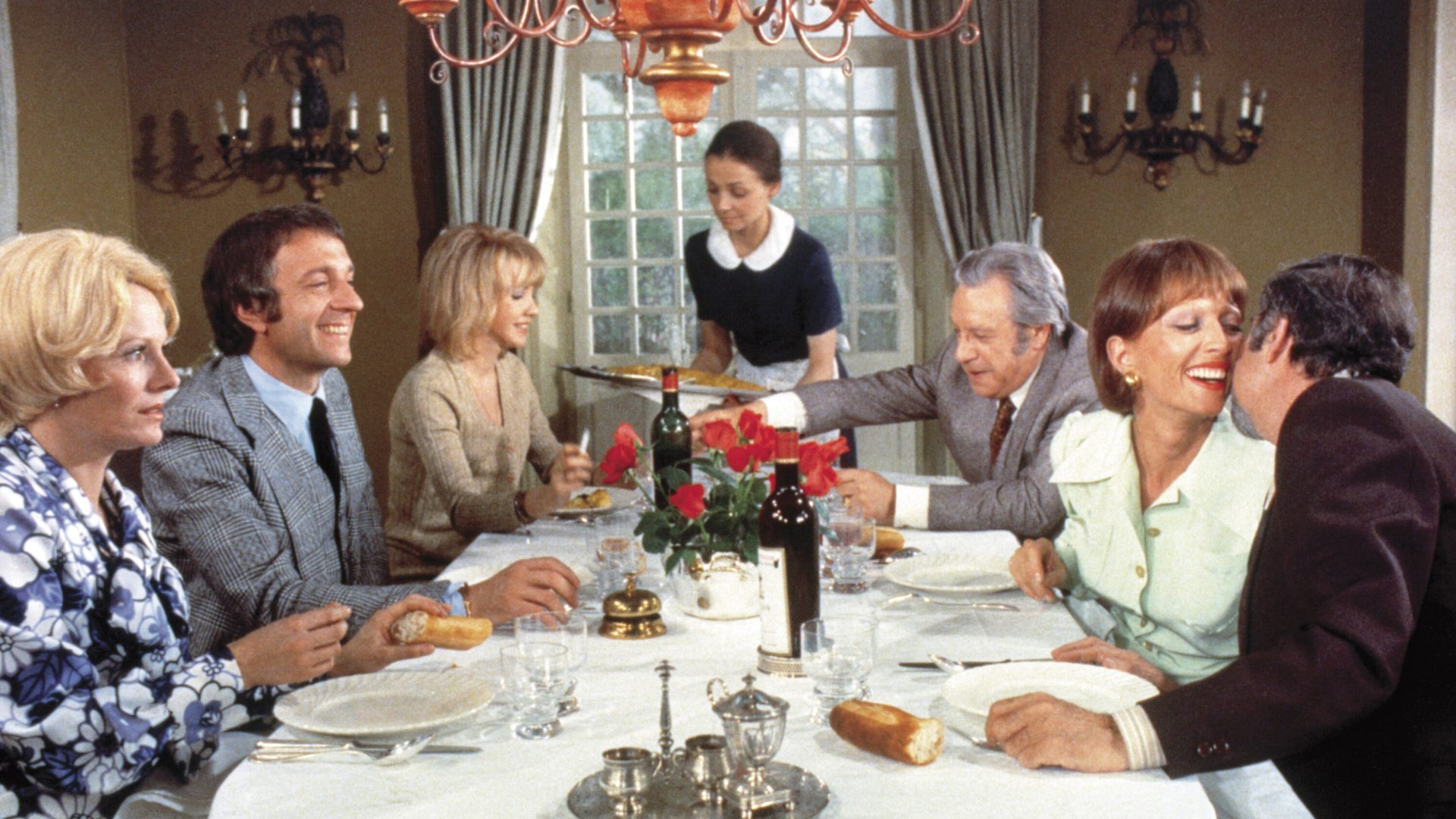
Buñuel’s finest film takes the concept of one of his most famous works, The Exterminating Angel, and flips it on its head, adding to his sensibilities with a Kafkaesque touch in this portrayal of six bourgeois characters whose plans for lavish dinners are routinely derailed. The first time the guests appeared to have arrived on the wrong date. So far, so normal. But by the time the remaining friends decamp to a small roadside inn where they discover a priest on his deathbed in the backroom, you realize you’re in for a film that will utilize the full breadth of Buñuel’s abilities as a surrealist and social satirist.
In his quest to interrogate the social mores that define bourgeois entitlement and privilege, he is accompanied by a glittering who’s who of talent from across the world of European cinema – Fernando Rey, Delphine Seyrig, Jean-Pierre Cassel in front of the camera, and master DP Edmond Richard behind it.
In the coming hour, the cast will encounter a versatile priest/gardener/diplomat, Maoist radicals, and an overly enthusiastic military. All stoke fears within the minds of the men, who are leveraging illegal cocaine deals through the fictional country of Miranda, illustrating in hilarious ways that having all the money in the world may not necessarily be desirable, a theme that has strongly the recent wave of ‘eat the rich’ films in the United States. It’s a sharp, lacerating lampooning of high society that both encompasses the themes of Buñuel’s earlier films, evaluates the fluctuating political state of 1970s France, and boldly looks ahead to a future that the filmmaker himself has helped to shape.

